States
10 U.S. States Facing Groundwater Depletion
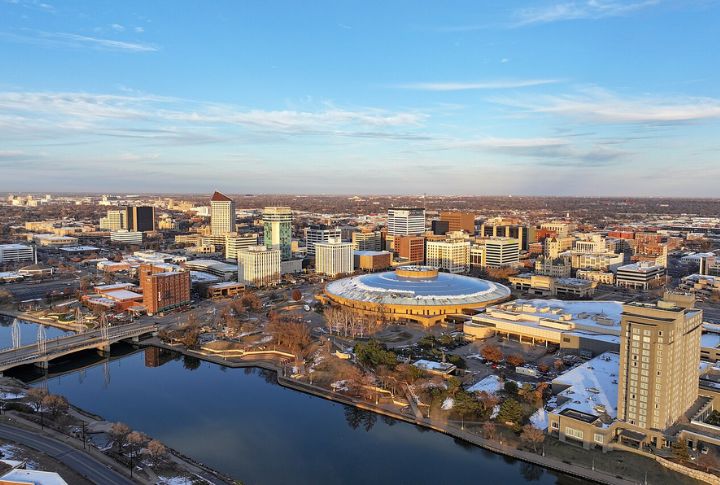
Beneath America’s surface, a crisis is quietly unfolding. Once-reliable groundwater reserves are draining at an alarming pace. The factors driving this depletion are complex—climate shifts, unchecked consumption, and failing infrastructure all play a role. Given these intertwined challenges, urgent action is needed to safeguard water supplies across these 10 states facing groundwater depletion.
California

Decades of excessive groundwater extraction have led to severe land subsidence in California’s Central Valley. Studies from the U.S. Geological Survey highlight that aquifer recovery may take centuries without strategic intervention. To address this, the state is scaling up managed aquifer recharge efforts while strengthening conservation incentives to curb agricultural overuse.
Arizona
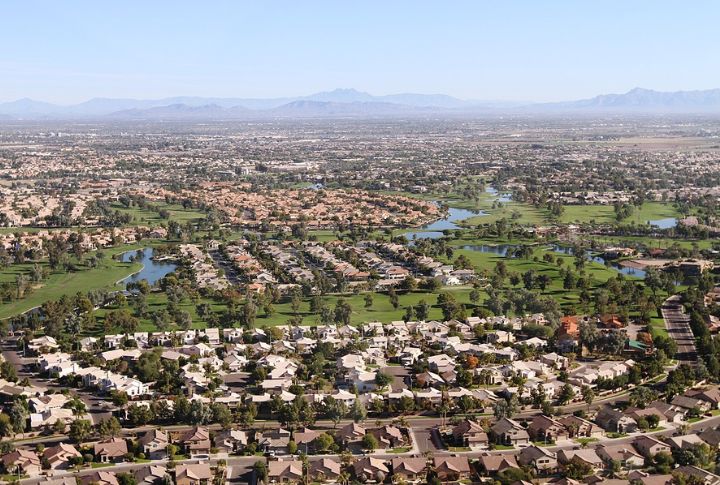
Arizona’s reliance on the Colorado River is proving unsustainable as climate change worsens. Water levels are reaching historic lows, threatening urban areas like Phoenix and also the agricultural communities. With increasing public awareness of these challenges, policymakers now face mounting pressure to implement stricter water usage limits.
New Mexico
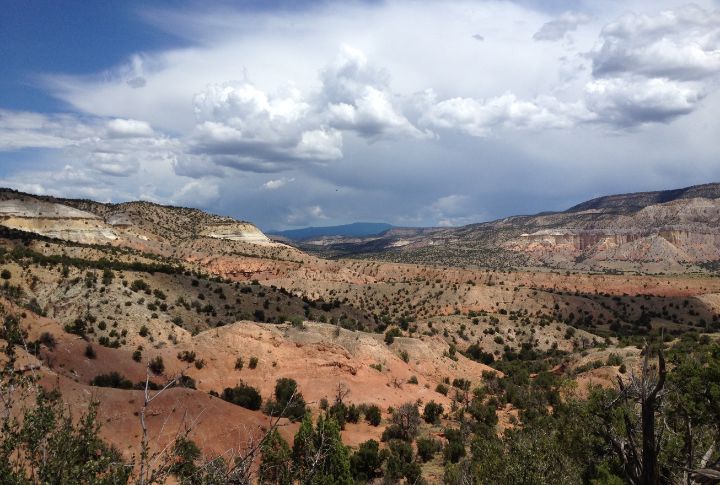
The state’s aquifers are depleting faster than they can naturally replenish. Decades of drought have encouraged some farmers to adopt water-efficient irrigation systems; however, adoption remains uneven across the region. Meanwhile, community-led efforts champion wastewater recycling, although long-term sustainability ultimately depends on consistent enforcement of conservation policies.
Colorado
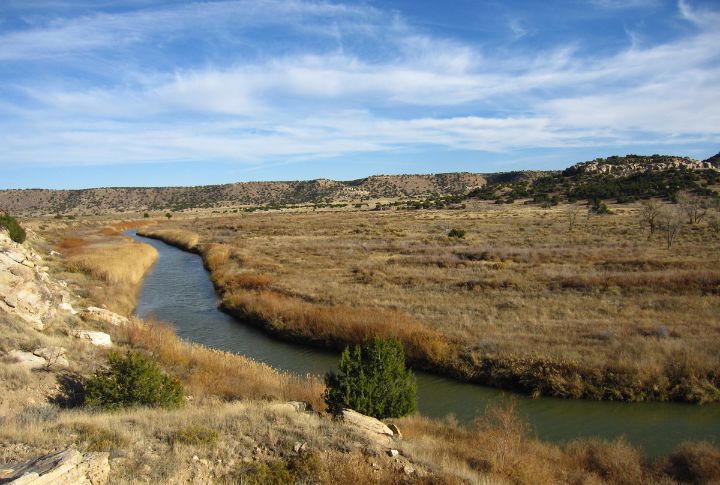
Shrinking snowpacks disrupt Colorado’s river flows, reducing groundwater recharge rates. Hydrologist Jay Famiglietti warns that groundwater in the Colorado River Basin is vanishing 2.4 times faster than surface water, largely due to unregulated pumping. In response, state-funded watershed restoration projects aim to mitigate these climate-driven declines, but these efforts require regulatory measures.
Nevada

Las Vegas leads the nation in urban water conservation, yet Nevada’s rural groundwater reserves are rapidly vanishing. This disconnect between urban water-use efficiency and agricultural depletion complicates policy solutions. To address these challenges, expanding sustainable land-use practices remains critical for balancing water needs across different sectors and industries.
Utah

Utah struggles with shrinking water supplies due to rapid population growth, drought, and falling reservoir and snowpack levels. High water use worsens the crisis, while the Great Salt Lake’s decline threatens ecology and economy. Some cities adopt conservation measures, but costly desalination limits large-scale solutions amid urgent groundwater depletion.
Texas

Texas aquifers face rapid declines due to ongoing drought, leading to deeper drilling and water shortages. The Edwards Aquifer Authority declared Stage 5 restrictions, cutting water use by 44% for permits and contracts in Hays County, affecting cities like Kyle and San Marcos and entities including Texas State University.
Nebraska

The state’s groundwater levels have steadily dropped, with 85% of wells showing reductions from 2022 to 2023. The High Plains Aquifer is also facing long-term declines, especially in Chase, Perkins, Dundy, and Box Butte counties. Heavy irrigation, drought, and low rainfall are driving this depletion.
Kansas
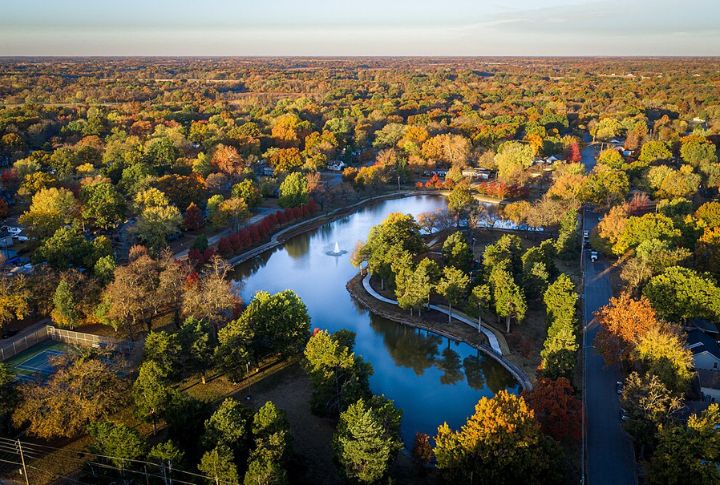
The Ogallala Aquifer, a vital water source for Kansas, is vanishing due to excessive withdrawals. According to Brownie Wilson, water data manager at the Kansas Geological Survey, a significant portion of the aquifer has reached critical depletion levels. In response, farmers are experimenting with drought-resistant crops; however, broader conservation mandates are essential.
Idaho
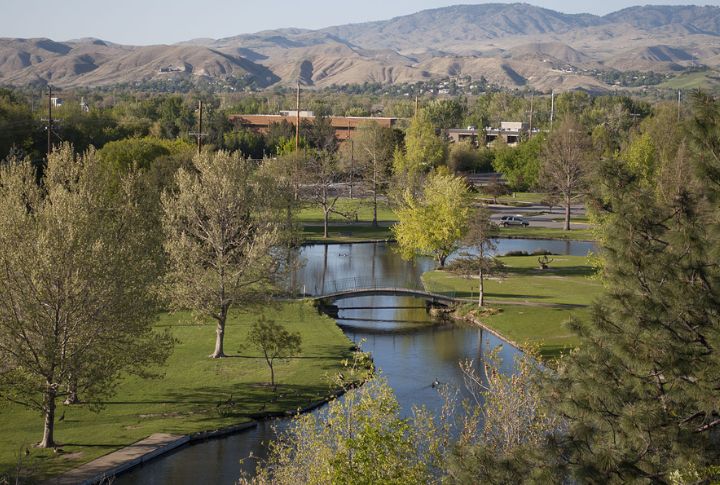
Although Idaho’s groundwater crisis has largely escaped national attention, the growing agricultural strain has raised alarms among local conservationists. These advocates are urging businesses to prioritize sustainable water practices to protect this vital resource. Without corporate accountability and government intervention, groundwater depletion in Idaho is likely to continue unchecked.
California
10 Insights About California’s Breakaway Fault
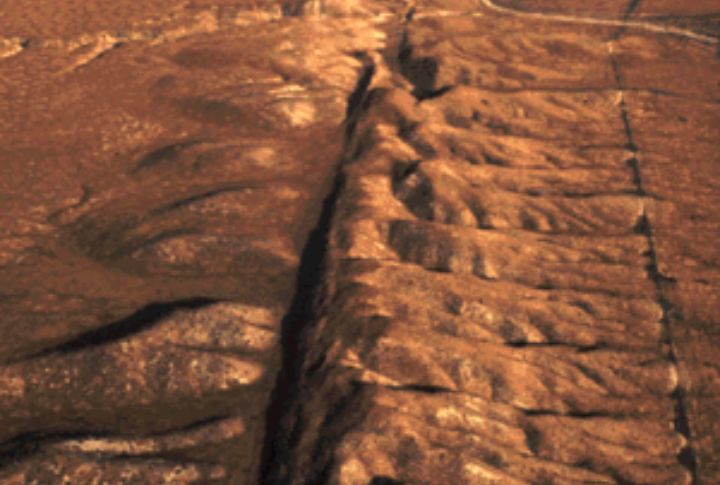
California is a playground for restless fault lines. While everyone talks about the San Andreas, the Breakaway Fault has been making its own quiet moves beneath the surface. Scientists are still piecing together its story, and what they’ve found is shaking up old assumptions. So, here are ten insights into this mysterious fracture that could change how we see California’s seismic future.
A Result Of Crustal Stretching
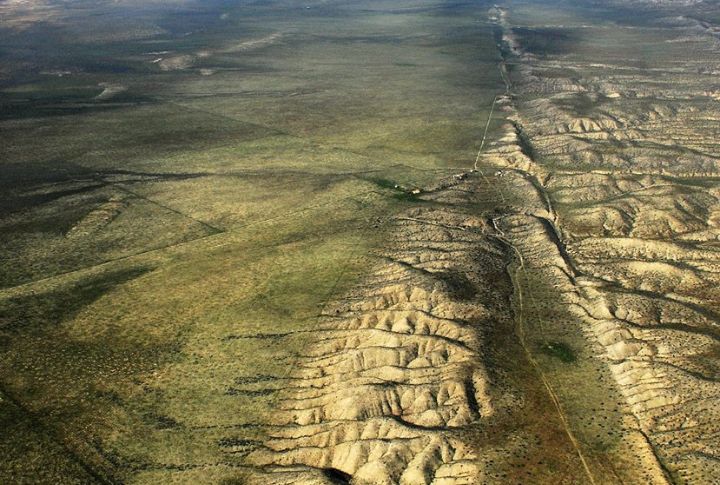
Crustal stretching comes first by deep mantle convection and plate movements. Breakaway faults appear later, forming as the crust pulls apart and weakens. In regions like the Range Province, these faults develop as the land extends, exposing deep-seated rocks. Hence, without stretching, breakaway faults wouldn’t exist at all.
California’s Breakaway Faults Date Back Millions Of Years
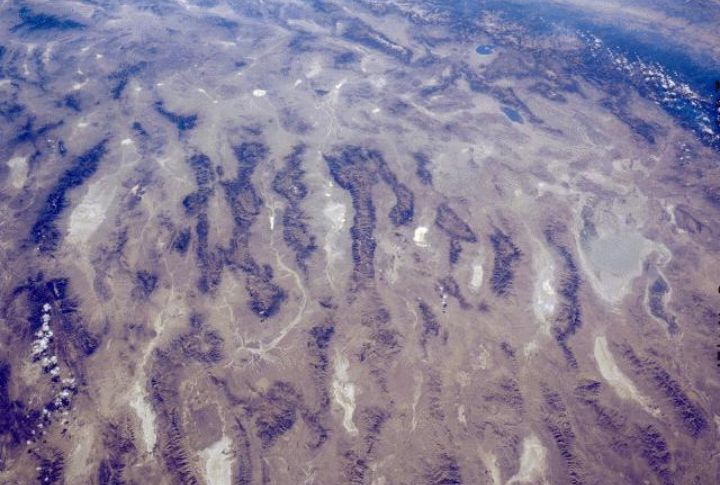
These faults aren’t just old—they predate most of the state’s modern geography. Geological studies reveal that California’s breakaway faults began forming over 23 million years ago during the Miocene Epoch. This period saw intense crustal stretching. Hence, it carved out regions that would later evolve into today’s Mojave Desert, Death Valley, and parts of the Basin and Range Province.
Earthquake Risks Depend On Fault Movement
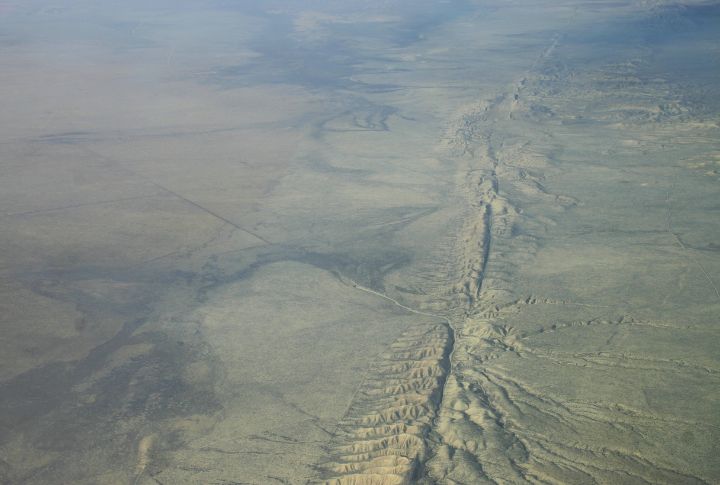
Cracking ground? Maybe. Not all breakaway faults cause earthquakes, but their movement influences seismic hazards. Some transition into active faults capable of generating quakes. Others simply mark past crustal shifts. Seismologists study their movements closely because, in earthquake-prone California, even an ancient fault can have a few surprises left in store.
Breakaway Faults Open Pathways For Magma
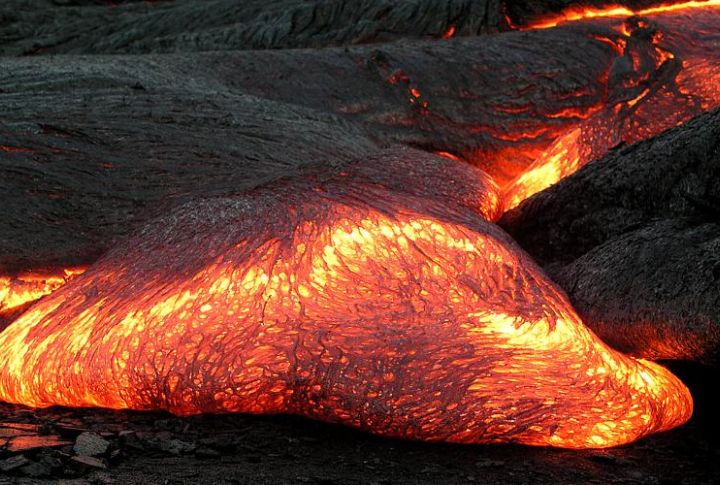
When the crust pulls apart, it does more than just crack—it creates channels for magma to rise. Breakaway faults can connect deep heat sources to the surface, fueling volcanic fields and geothermal hotspots. Plus, in places like the Coso Volcanic Field, ancient faulting helped shape the region’s bubbling springs and hidden magma chambers.
These Faults Help Form Basins
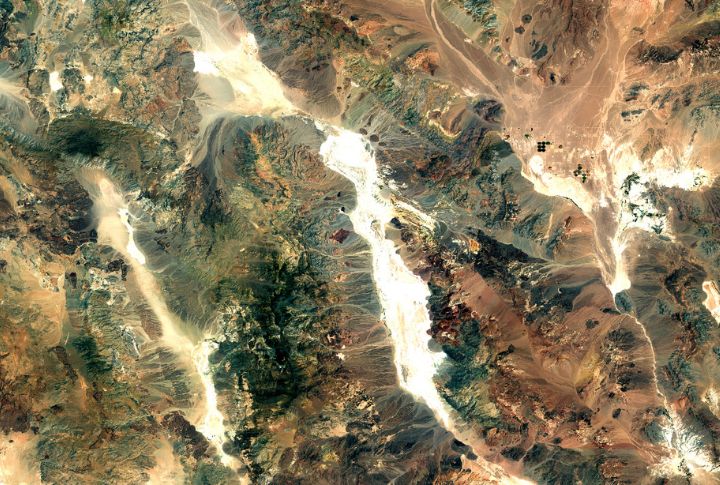
Low-lying basins don’t form randomly. Breakaway faults play a key role, pulling apart crust and leaving behind sunken valleys. California’s Mojave Desert and Death Valley owe much of their topography to this process. Sediments pile into these depressions over millennia, further creating landscapes that tell a silent yet powerful story of geological forces at work.
The Whipple Mountains Reveal Deep Rock History
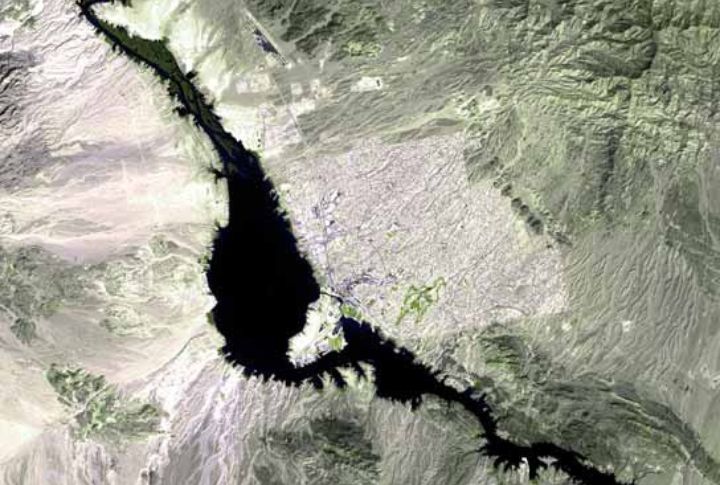
Geologists dream of seeing deep into the Earth’s crust, but breakaway faults do the work for them. In places like the Whipple Mountains, these faults have lifted ancient rocks from deep underground. These rocks offer rare insights into high-pressure minerals, deep crustal deformation, and the mechanics of fault-driven uplift.
These Faults Shape California’s Waterways
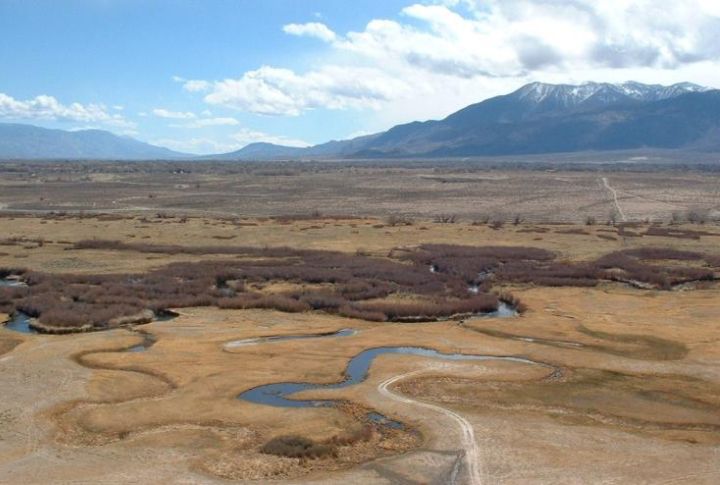
Water follows the cracks. Rivers and lakes often align with geological faults, and breakaway faults influence their courses. In places like the Owens Valley, shifting land has redirected water flow for millions of years. If you’ve ever wondered why some rivers take unexpected turns, hidden fault lines beneath your feet might be the answer.
Old Faults Still Influence The Region
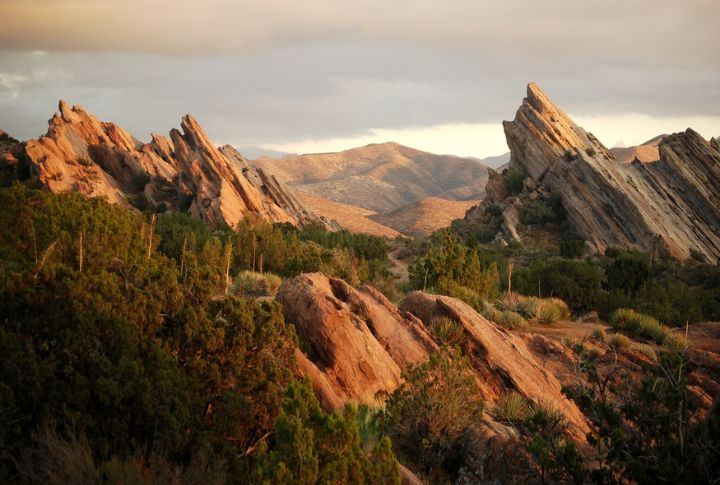
A fault doesn’t have to be active to leave a lasting impact. Many breakaway faults stopped moving millions of years ago, but their legacy remains in the form of steep cliffs and tilted rock formations. These old faults serve as boundaries between uplifted blocks and sunken basins, hence proving that even when they stop moving, their impact lingers for eons.
Scientists Use Dating Methods
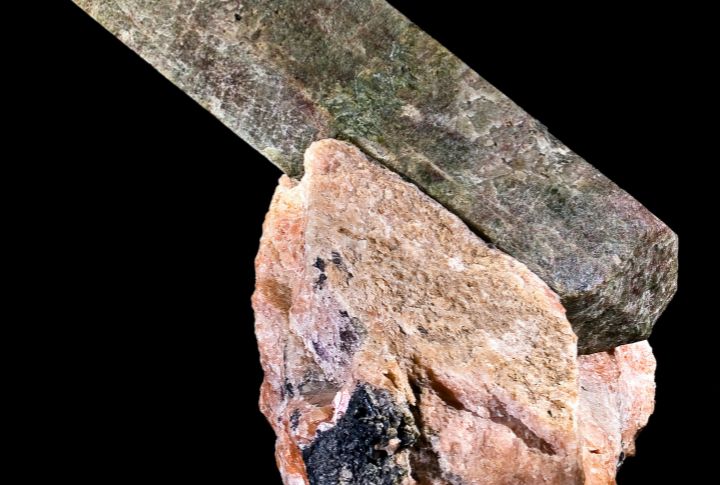
Unlocking fault histories requires precision. Geologists use radiometric dating to determine when faults last moved. In California, potassium-argon and uranium-lead dating have revealed essential timelines for breakaway faults. Knowing their ages helps reconstruct past tectonic shifts. Lastly, it allows scientists to predict how extension zones might behave in the future.
The Government Monitors Them For Hazards
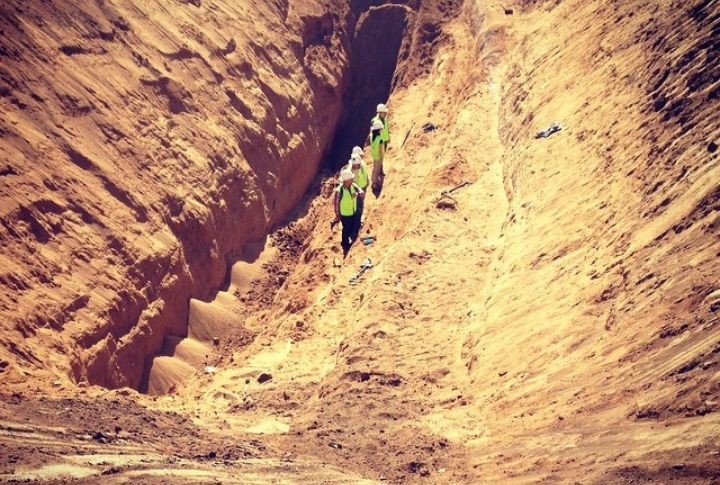
California’s Office of Emergency Services, along with USGS and CGS, focuses on assessing seismic hazards. Major fault zones like the San Andreas Fault receive the most attention, while older or inactive normal faults are studied less frequently. Still, mapping these faults helps understand the long-term risks of crustal shifts.
Colorado
10 Discoveries That Put Colorado On The Archaeology Map
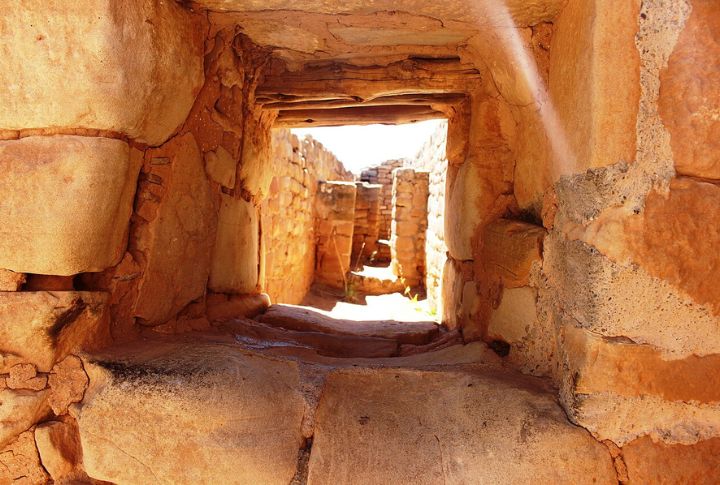
Colorado has layers of history hiding beneath the surface, and archaeologists have been discovering mind-blowing finds. Some discoveries answered big questions, others raised even bigger ones, and a few left experts completely stumped. So, if you thought Colorado’s past was all gold rush and cowboys, think again—these ten finds prove there’s way more to the story. Let’s start digging!
Ancient Puebloan Calendar Petroglyphs
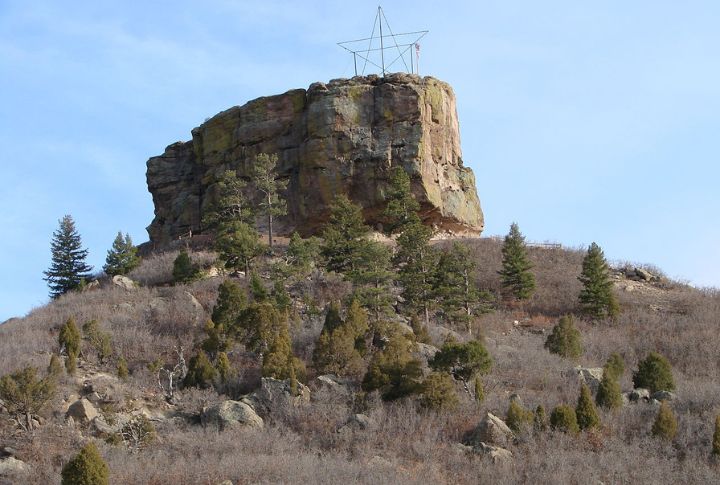
Long before clocks or calendars, the Ancestral Puebloans used the sun to track time. At Castle Rock Pueblo, spirals carved into rock, discovered in 2023, mark solstices and equinoxes. As the sun moves, its light and shadows align with the carvings to create a natural calendar.
Snowmastodon Ice Age Fossils

Beneath a Colorado ski resort, an ancient world remained hidden for thousands of years. That changed in 2010 when construction crews at Snowmass Village uncovered over 5,000 fossils. These remains, dating back 120,000 years, offer a rare look at Colorado’s prehistoric wildlife and climate.
Magic Mountain Archaeological Site
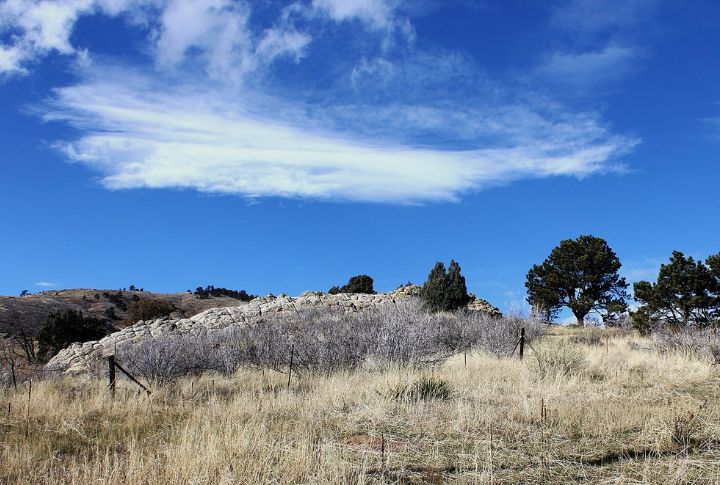
People have lived in Colorado for thousands of years, and Magic Mountain proves it. Buried beneath the foothills near Golden, this site holds 7,000 years of history. Archaeologists have uncovered stone tools, fire pits, and trade goods, showing it was more than a campsite—it was a thriving gathering place.
Joe Ben Wheat Site Complex
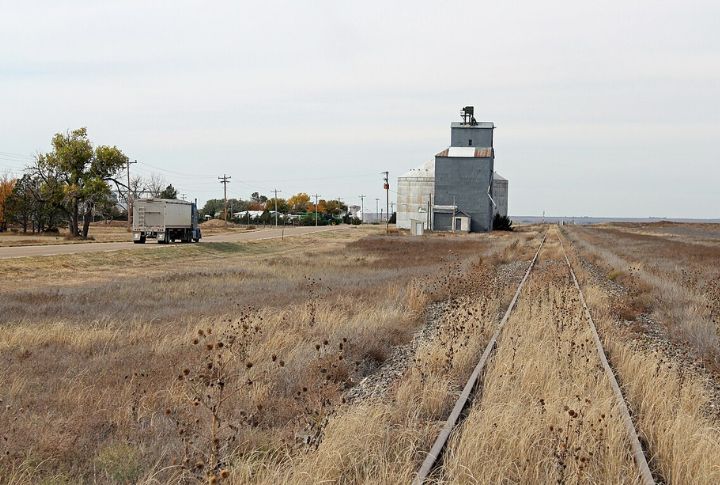
This settlement, excavated by archaeologist Joe Ben Wheat, housed over 100 rooms. Built between A.D. 675 and 1300, its artifacts reveal advanced farming and an interconnected society. The sheer scale of the ruins offers a glimpse into the everyday lives of people who shaped the Southwest’s ancient civilizations.
Heleocola Piceanus

Teeth don’t lie. A single fossilized jawbone, unearthed in 2024, identified a mammal that lived alongside dinosaurs 70 million years ago. Nicknamed the “swamp dweller,” Heleocola piceanus was small, but its discovery helped scientists reconstruct Colorado’s prehistoric ecosystems before the asteroid hit.
Sun Temple
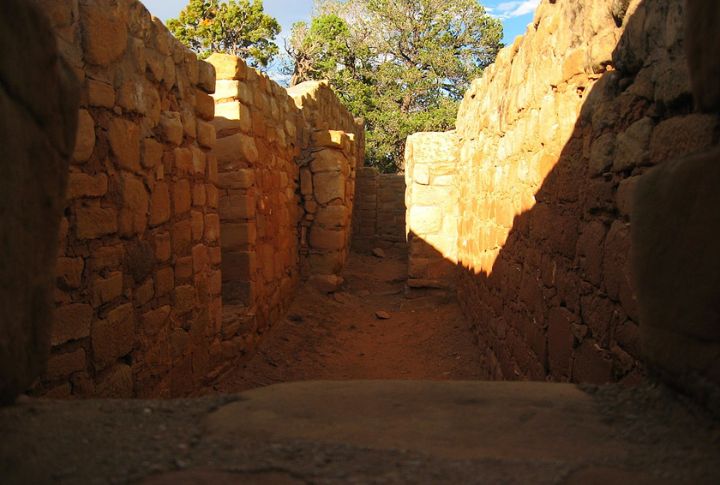
Built with precision yet never completed, this D-shaped structure raises more questions than answers. Constructed around 1250 A.D., it suggests Ancestral Puebloans followed celestial cycles. Why was it abandoned? Some speculate societal shifts. However, the truth remains buried in the sandstone ruins.
Canyons Of The Ancients

Ancestral Puebloans built homes, carved petroglyphs, and gathered in kivas across 176,000 acres, making Canyons of the Ancients one of the most archaeologically dense sites in the U.S. With over 8,000 ruins, it preserves evidence of farming, trade, and daily life—still standing in their original locations.
Franktown Cave
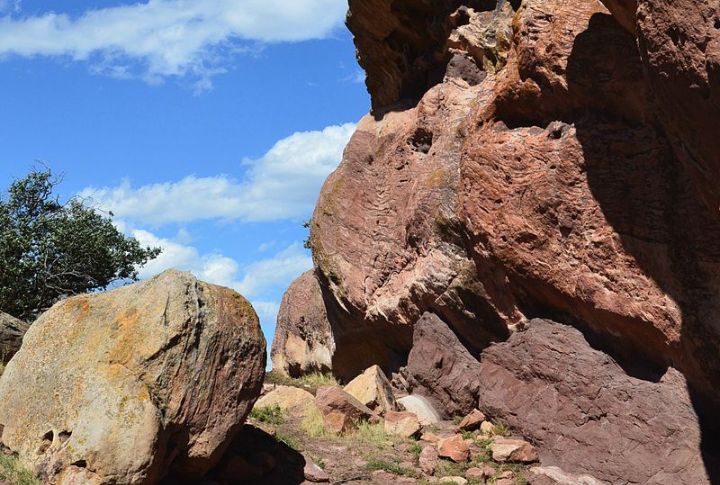
Franktown Cave holds some of Colorado’s most unique archaeological finds. Artifacts such as seashells and minerals from distant regions indicate that trade networks extended far beyond Colorado. Hence, this site provides one of the most detailed records of early inhabitants.
Indian Mountain Stone Circles

Rocks don’t move themselves. Ancient builders placed these stone circles near Lyons, Colorado, over 1,500 years ago. Archaeologists discovered pottery fragments and fire pits, proving that Plains and Woodland cultures gathered here. Plus, each formation reveals movement patterns and early survival strategies.
Dinosaur Tracks

Dinosaurs walked through Picketwire Canyon 150 million years ago, leaving behind the largest track site in North America. Some tracks measure over three feet across. Unlike fossilized bones, footprints capture moments in time and further reveal how these creatures actually lived.
Minnesota
10 Brewing Legacy Lying Under Minnesota’s River Valleys

Minnesota’s river towns are steeped in brewing history that dates back to the 19th century. Beneath these charming towns lies a network of caves that once served as the backbone of local brewing. These hidden havens tell the story of how early brewers used natural landscapes to perfect their craft. Let’s uncover 10 beer havens.
Wabasha Street Caves In St. Paul

These sandstone caves, carved in the 1840s, were an important part of St. Paul’s brewing history. Their naturally cool temperatures made them perfect for storing and aging stout. Years later, they became a secret gathering spot during Prohibition.
Schieks Cave Beneath Minneapolis
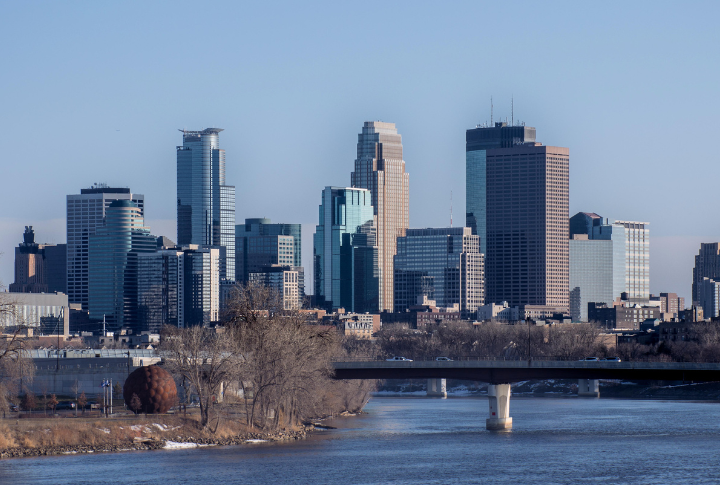
Hidden under Minneapolis, Schieks Cave gave early brewers a cool place to ferment their brew. This large cave was shaped by erosion and mining, and it helped local breweries thrive in the 19th century. It shows how brewers once relied on nature to create great lager.
Joseph Wolf Brewery Caves In Stillwater

Stillwater’s Joseph Wolf Brewery was founded in 1868. It relied on its hillside caves to store and age its ale, mainly lagers, which were highly popular then. The brewery thrived for decades and became a cornerstone of Stillwater’s economy and culture.
Brownsville Brewery Caves In Brownsville
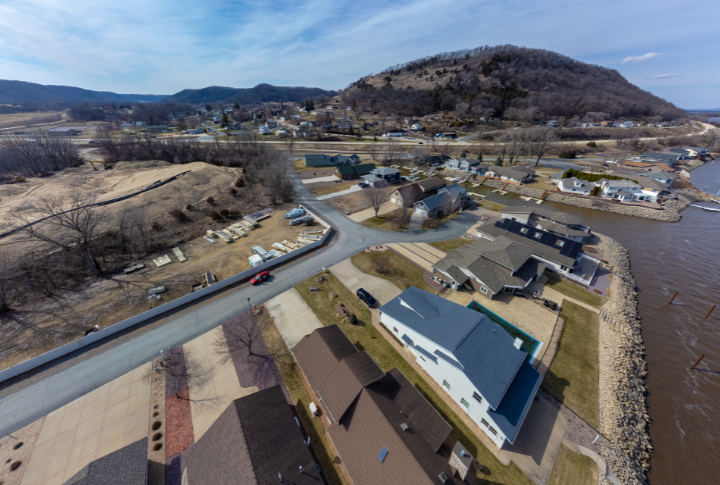
Carved into the bluffs of Brownsville, these caves served as storage for the town’s mid-19th-century breweries. Although the breweries eventually closed, the caves remain as enduring symbols of early brewers’ methods to overcome technological limitations.
Minneiska Brewery Caves In Minneiska
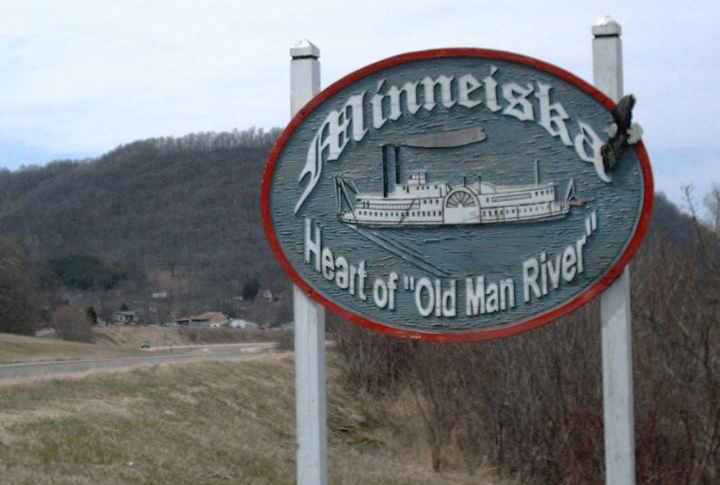
The Minneiska Brewery operated in the late 1800s. It made extensive use of natural caves for aging and storage. The brewery produced lagers and ales that were well-regarded locally, with the caves playing a significant role in ensuring their quality and consistency.
Caves of Faribault In Faribault
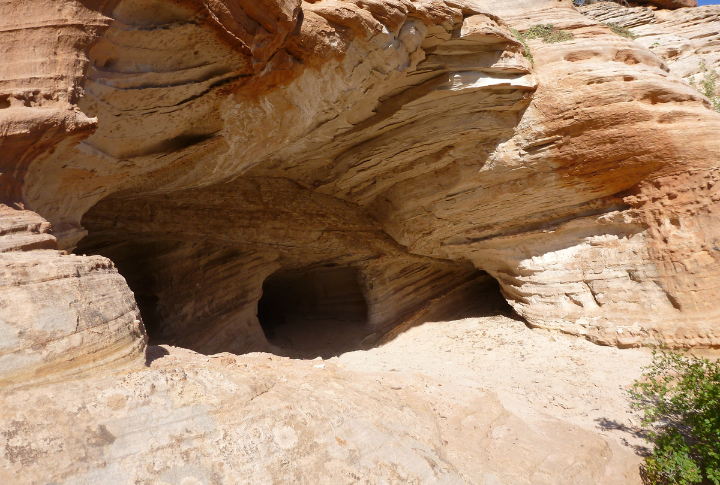
Faribault’s caves, initially used by Fleckenstein Brewery in 1856, were critical for an aging brew before refrigeration was available. It was, however, later repurposed for cheese aging. These sandstone caves demonstrate how natural spaces serve diverse purposes.
Jordan Brewery Caves In Jordan
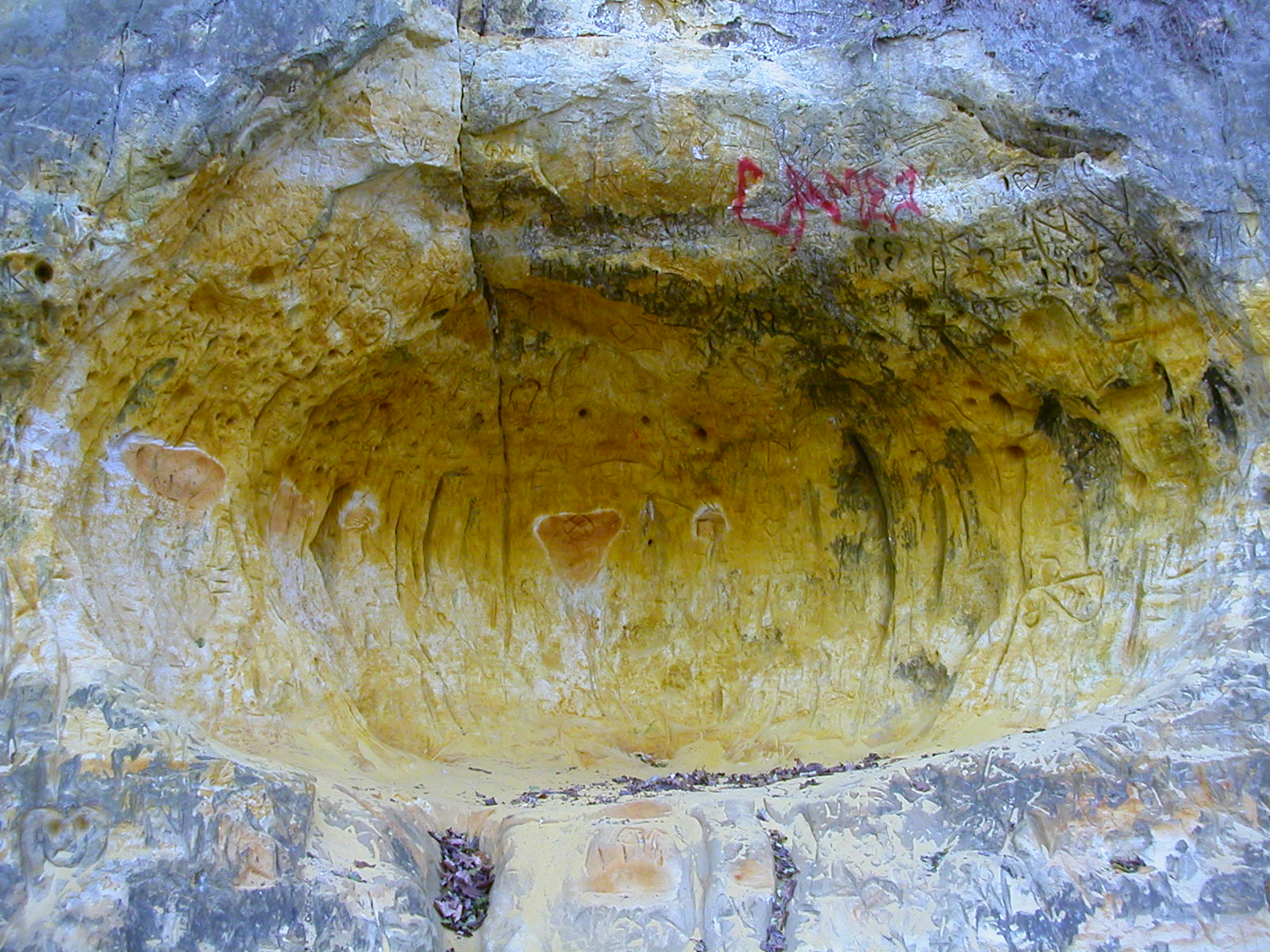
The caves at the Jordan Brewery were essential to its operations in the 1860s. Dug into the hills, they maintained steady temperatures year-round. The brewery produced popular ales that gained local recognition, and the caves played a key role in ensuring their quality.
Historic Brewery Caves In Hastings
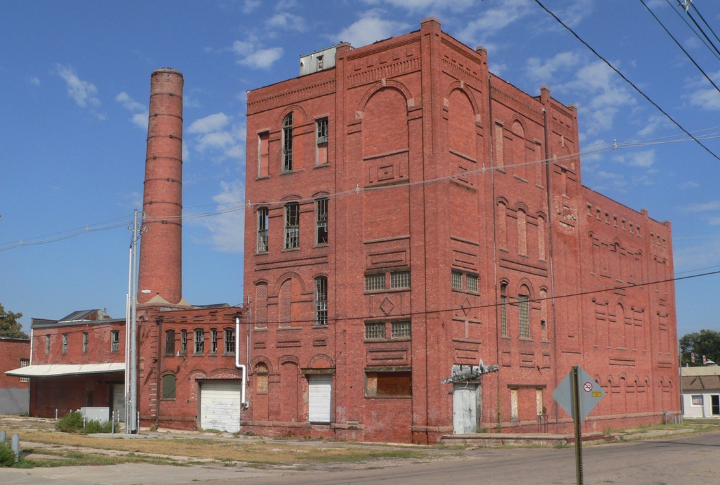
Dating back to 1856, Hastings’ brewery caves served as essential storage for one of the state’s earliest breweries. They maintained ideal temperatures for fermentation and aging. These vaults played a key role in producing high-quality stout that supported the local industry.
Sugar Loaf Brewery Caves In Winona

Beneath Winona’s iconic Sugar Loaf bluff, these caves provided vital storage for ale brewed in the 1860s. Their limestone structure ensured the right conditions for aging, and they remain a physical reminder of Winona’s brewing legacy.
Schmidt Brewery Caves In St. Paul

During the late 1800s, Schmidt Brewery relied on these caves to perfect the lagering process. The brewery was one of Minnesota’s most iconic ale producers, and its success helped establish St. Paul as a central hub in the state’s burgeoning brew industry.
-

 Travel6 days ago
Travel6 days ago10 Remote Hideaways Scattered Across The Great Basin
-

 Travel2 weeks ago
Travel2 weeks ago10 Evolved Military Sites Of Pre-Independence America
-

 Lifestyle9 months ago
Lifestyle9 months ago15 Things You Should Never Say on a First Date
-

 Lifestyle8 months ago
Lifestyle8 months ago30 Things You Can Say in a City but Not in a Small Town
-

 Animals7 months ago
Animals7 months ago15 Best Pets for Small Apartments
-
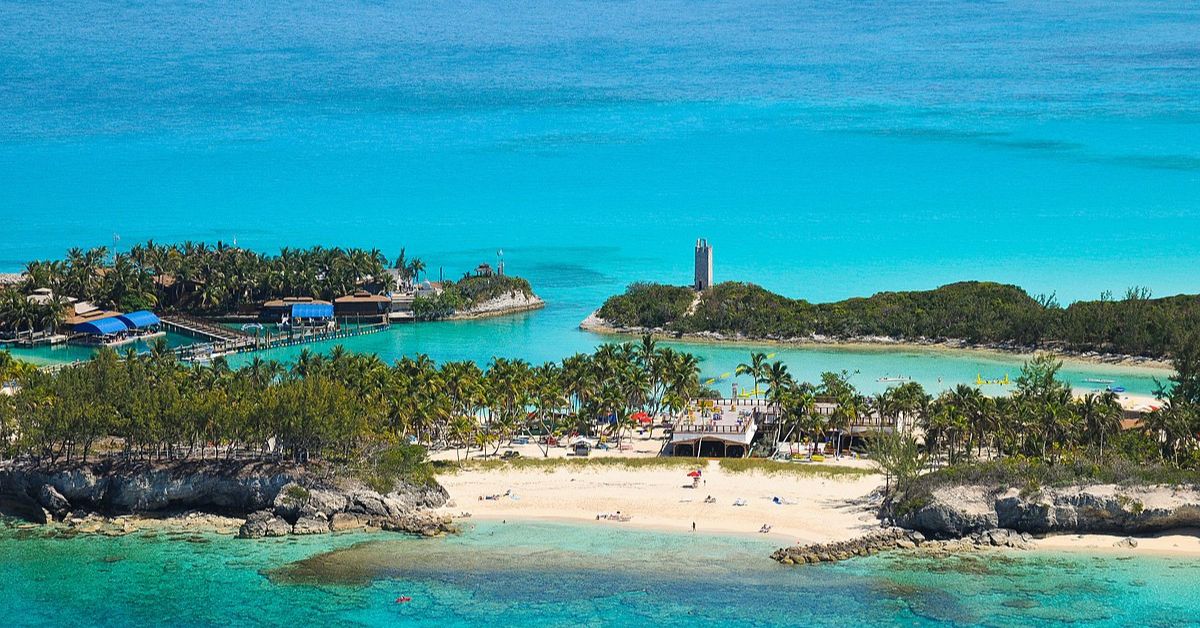
 Travel2 months ago
Travel2 months ago10 Places in the Caribbean Where Travel Comes with Risks
-

 Florida8 months ago
Florida8 months ago10 Things That Make Sanibel Island One Of Florida’s Most Unique Getaways
-

 Money10 months ago
Money10 months ago10 Tips To Safeguard Your Money While On Vacation
